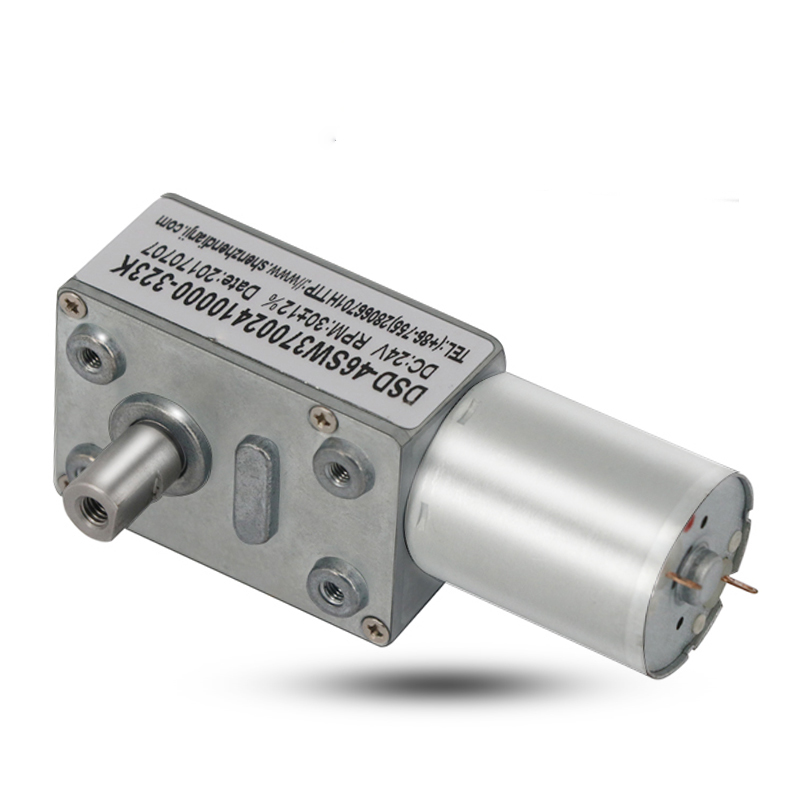When the solder paste is in a heated environment, the solder paste reflow is divided into five stages.
First, the solvent used to achieve the desired viscosity and screen printing properties begins to evaporate, the temperature rise must be slow (about 3 ° C per second) to limit boiling and splashing, to prevent the formation of small tin beads, and some components compare internal stresses. Sensitive, if the outside temperature of the component rises too fast, it will cause breakage.
Flux is active, chemical cleaning begins, and the same cleaning action occurs for both water-soluble flux and no-clean flux, except for slightly different temperatures. Metal oxides and certain contaminants are removed from the metal and solder particles to be bonded. Good metallurgical solder joints require a "clean" surface.
As the temperature continues to rise, the solder particles first melt separately and begin the "lighting" process of liquefaction and surface suction. This covers all possible surfaces and begins to form solder joints.
This stage is most important. When a single solder particle is completely melted, it combines to form liquid tin. At this time, the surface tension starts to form the surface of the solder fillet. If the gap between the component lead and the PCB pad exceeds 4 mil, it is most likely due to surface tension. Separating the pins from the pads results in an open tin point.
During the cooling phase, if the cooling is fast, the tin point strength will be slightly larger, but it should not be too fast to cause temperature stress inside the component.
Summary of reflow soldering requirements:
It is important to have sufficient slow heating to safely evaporate the solvent, prevent the formation of tin beads and limit the internal stress of the component due to temperature expansion, resulting in reliability problems of the fracture marks.
Second, the active phase of the flux must have the appropriate time and temperature to allow the cleaning phase to be completed as soon as the solder particles begin to melt.
The stage of solder melting in the time-temperature curve is of the utmost importance, and the solder particles must be fully melted, liquefied to form metallurgical welds, and the remaining solvent and flux residues evaporate to form the surface of the solder fillet. If it is too hot or too long at this stage, it may cause damage to components and PCBs.
The setting of the solder paste reflow temperature curve is preferably based on the data provided by the solder paste supplier, and at the same time grasp the principle of the internal temperature stress change of the component, that is, the heating temperature rise rate is less than 3 ° C per second, and the cooling temperature drop speed is less than 5 ° C.
PCB assembly If the size and weight are similar, the same temperature profile can be used.
It is important to check the temperature profile often and even daily.
3v DC Worm Gear Motor is the most common used worm gear motor. Dc Worm Gear Motor has a low efficiency, so while working, it is necessary to save energy as much as possible.
DC Worm Gear Motor including a dc motor with a worm gearbox. A worm gearbox means the output shaft is vertical with the dc motor shaft. Connecting the gears with the motor, there is a worm gear. DC Worm Gear Motor has very low efficiency, normally for the first stage, the efficiency will loss at least half. However, dc worm gear motor is widely applied on some products need with self-lock function. Like the automatic range hood in the kitchen, or the roller blind motor.
The dc worm gear motor has the following characteristics:
1. Achieve great speed reduction through high gear ratio. Normally reduce the speed as low as 3-5 rpm.
2. Achieve vertical transform by the worm gear
3. With self-lock function to prevent the back-driving.

3V Dc Worm Gear Motor,3V Dc Motor Gear Motor,3V Dc Motor Gear Reduction,3V Dc Gear Motor
SHENZHEN DONGMING MOTOR CO., LTD. , http://www.dongminggp.com
